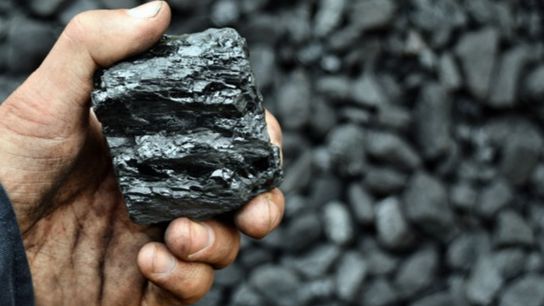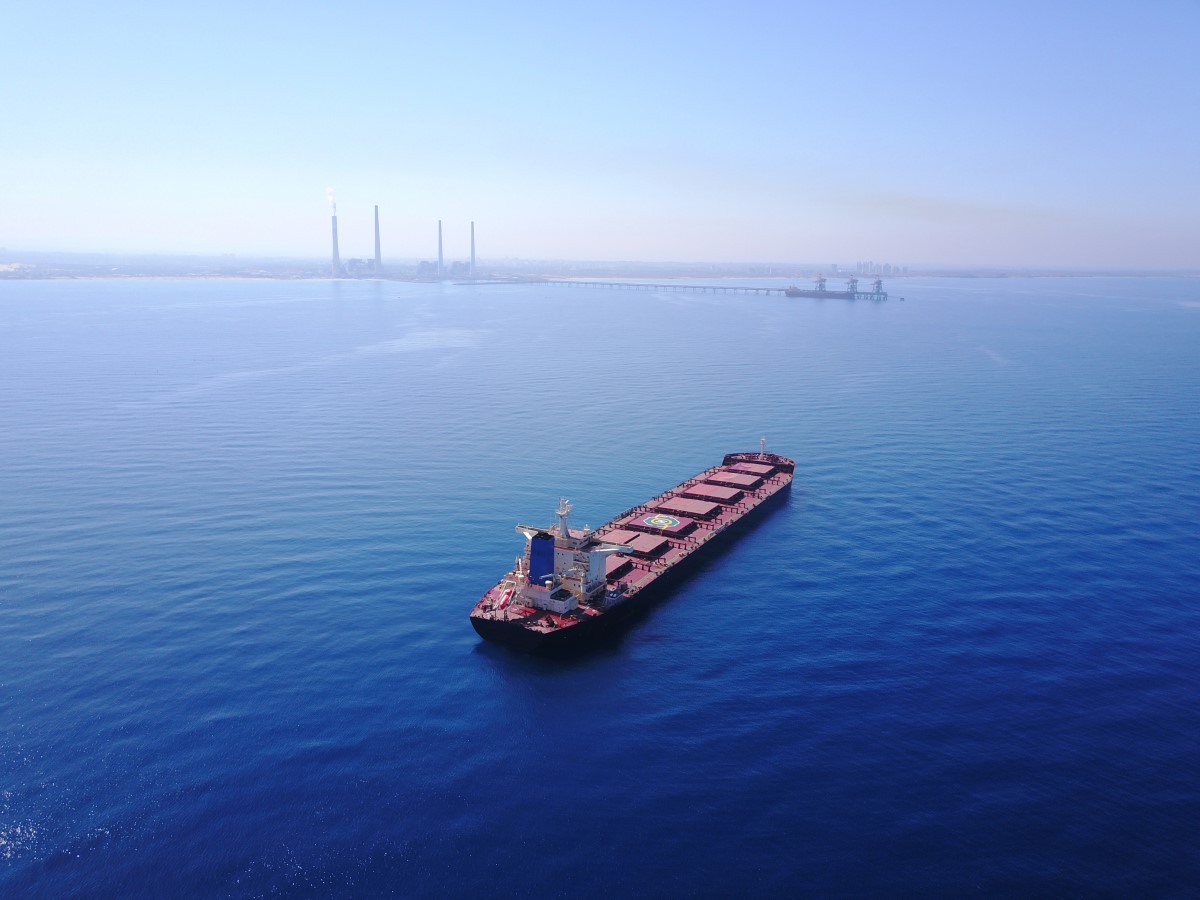

The front-quarter API 2 contract ended September at USD 57.90/t, up 7.8% from the end of the previous month, while the front year gained 4.6% to USD 60.35/t on Ice Futures.
The new front-quarter (Q1 2020) contract was seen last at USD 57.70/t, while the Cal 21 traded on Friday at USD 58.60/t.
From a technical viewpoint, the front-year contract could maintain its bullish trend in October, said Tom Hovik, Montel’s head of technical analysis.
But prices would have to break above the “important” USD 61.40/t resistance level to again reach January’s multi-month high of USD 65.65/t, he noted.
Regarding fundamental supply, ongoing concerns about disruptions to Colombian and South African output, coupled with reduced Russian production, were likely to support prices.
“October is looking like it will be a tight month,” said a coal strategist with a utility.
Strike action at the Cerrejon mining complex in Colombia has already lasted for a month and shows no sign of ending in the near term. This comes amid an ongoing suspension of operations at Glencore-owned Prodeco, which began in May.
“This is one bullish factor for the Atlantic market,” the strategist said, noting, however, increased Russian supply may in part offset the reduction in trans-Atlantic deliveries.
State-owned Russian Railways (RZD) on Monday reopened a key rail route to the western coal export hub of Murmansk ahead of schedule, after a bridge collapse halted railings in June.
Although RZD in mid-June opened an alternative route for railed shipments to the port, coal volumes dropped sharply over the ensuing months.
“The fact that Murmansk is working and Russia is willing to fill the gap in the Atlantic takes away some upside price risk,” the strategist said, noting more than 1m tonnes/month could be exported from Murmansk.
But he also said Russia was likely to ramp up shipments from far-eastern ports due to an anticipated rise in demand in the Asia-Pacific region.
“I don’t think Russia can completely cover the shortfall in Colombian supply. If it can, then it will come at a higher price,” he said.
The apparent lack of progress in negotiations with unions at Cerrejon would prove supportive in October, a coal analyst with a European energy firm said.
“The Russian bridge reopening will provide some volume replacement, but looking at coal burn levels in Europe, I think the balance will remain tight in the fourth quarter,” she said.
“[Also] this upside potential in [Asia-Pacific] prices could incentivise Russian miners to flow more cargoes into Asia, thus limiting somewhat growth in volumes sent into the Atlantic,” she added.
An analyst with a coal producer also pointed to growing support from the Asia-Pacific market.
He noted the Chinese government may issue new import quotas as domestic prices have risen too high. Also, domestic production was down due in part to recent accidents that triggered further safety inspections.
Meanwhile, there is the looming threat of strike action by coal miners in South Africa, with the National Union of Mineworkers announcing strikes across sites owned by producer Exxaro, after salary negotiations fell through.
In Europe, coal-fired plant consumption was expected to rise amid some improvement in generation margins and a seasonal increase in power demand.
Already in September, coal accounted for around 15% of the European power mix as compared with 13% in August, according to data from Finnish technology group Wartsila.
“[Coal-fired generation levels] depend on the weather, but we’re expecting a gradual increase in the burn,” said the utility strategist.
Source: Montel













